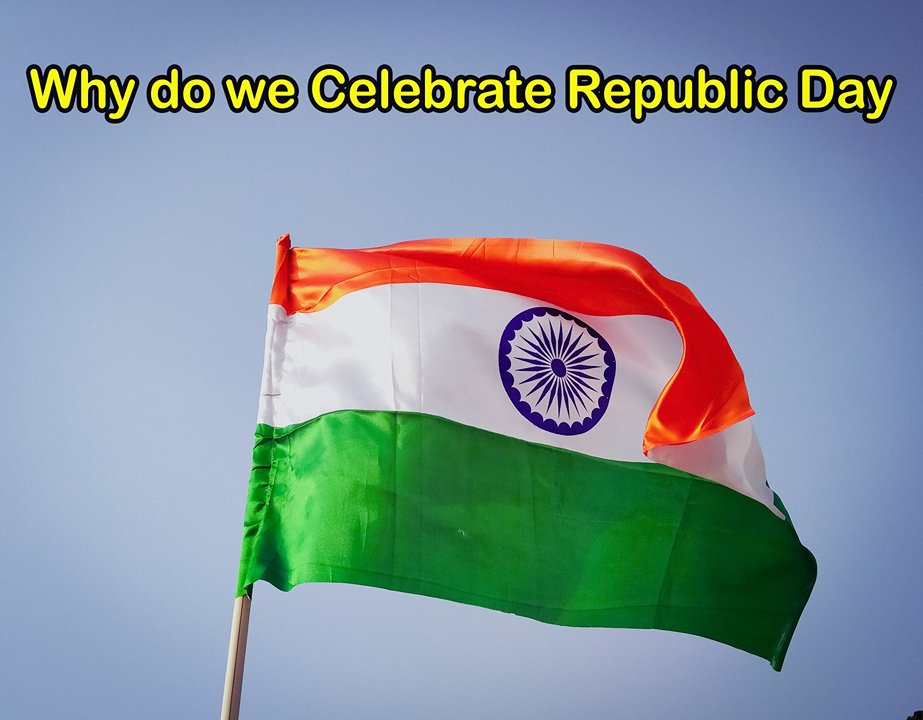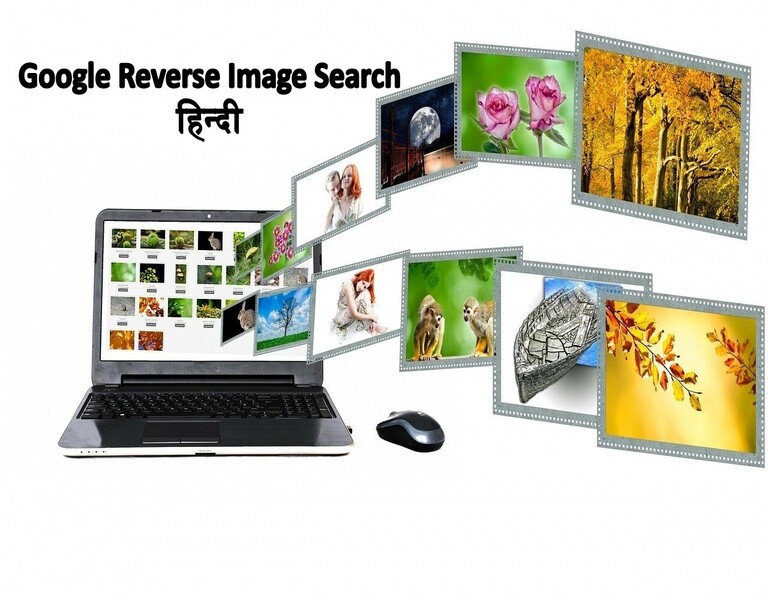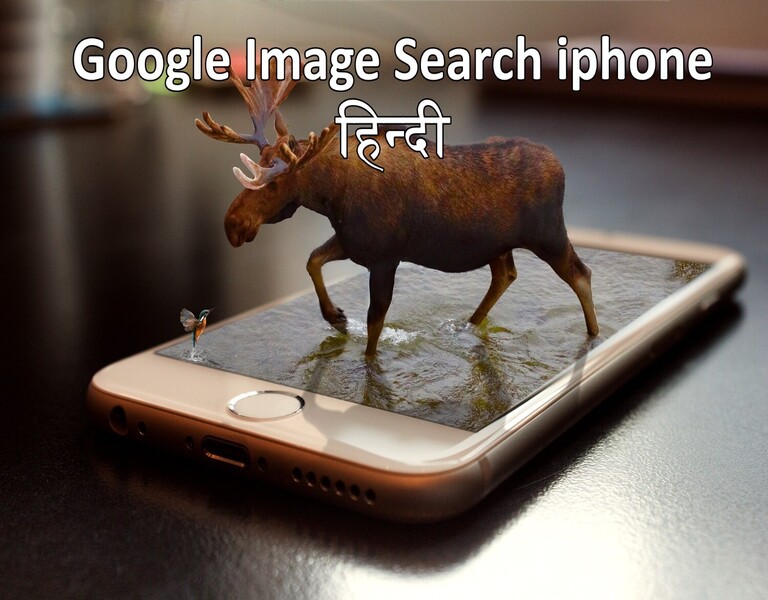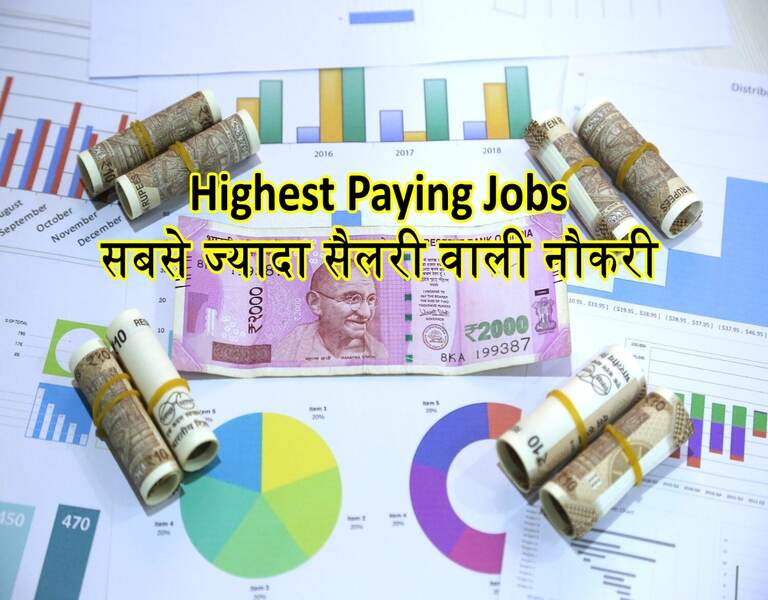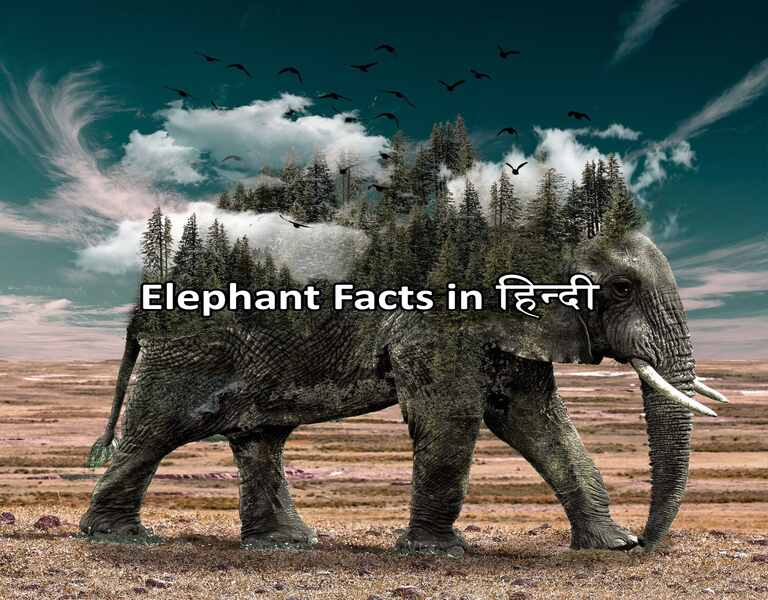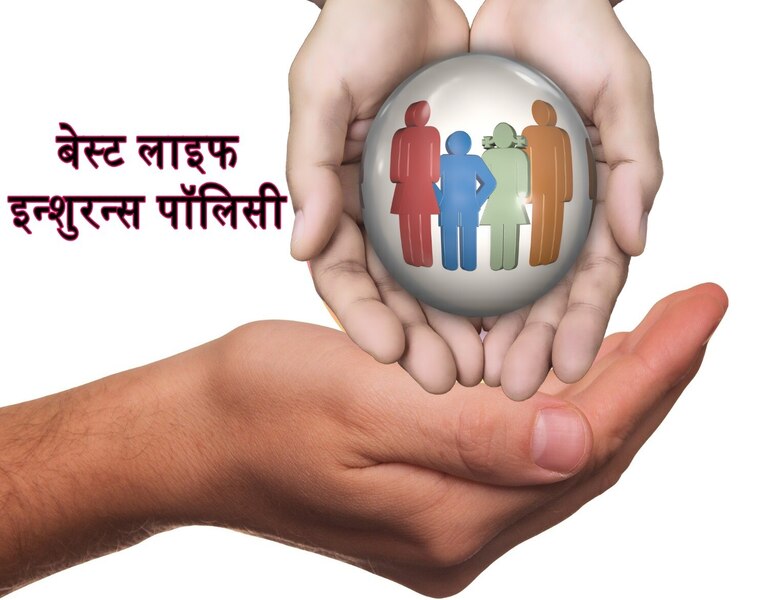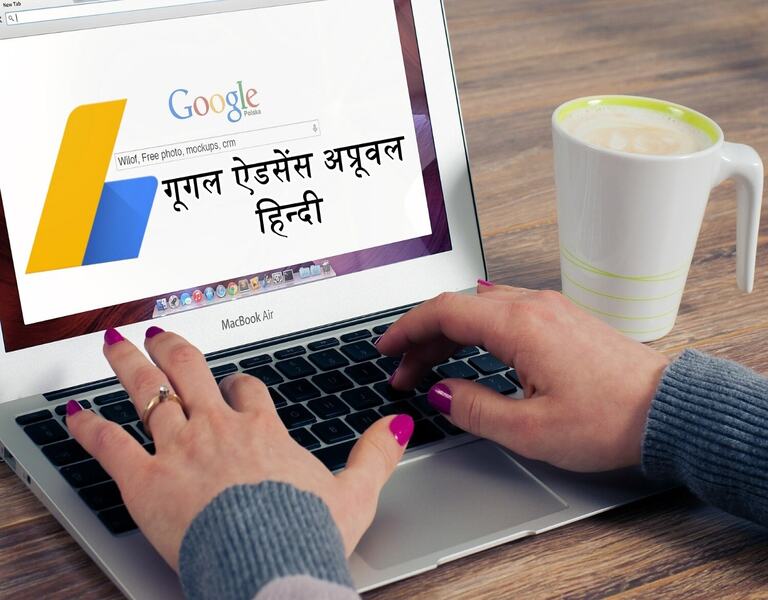Table of Contents
Why do We Celebrate Republic Day
Republic Day is a significant day in the history of India. It is celebrated annually on the 26th of January, to commemorate the day when the Indian Constitution came into effect, replacing the Government of India Act (1935). The adoption of the Indian Constitution marked the birth of the Republic of India, replacing the British monarchy with an elected government, making India a sovereign, socialist, secular, and democratic republic. Why do we Celebrate Republic Day.
The idea of celebrating Republic Day was first proposed by Dr. Rajendra Prasad, who was then the President of the Indian National Congress. On January 26, 1930, the Indian National Congress declared Purna Swaraj or complete independence from British rule, and since then, the day has been celebrated as Independence Day. However, after the adoption of the Constitution, January 26th was chosen as Republic Day to honor the day when India became a republic.
The significance of Republic Day is not just in the adoption of the Indian Constitution, but also in the values that it enshrines. The Constitution of India is the longest-written constitution in the world and provides a framework for the functioning of the government, the protection of fundamental rights and freedoms, and the promotion of social, economic, and political justice for all citizens.
The celebration of Republic Day includes a grand parade, which is held in the national capital, New Delhi. The parade showcases the cultural and social diversity of India, as well as the country’s military might. The President of India hoists the national flag and delivers a speech, highlighting the achievements of the country in the past year and the challenges that lie ahead.
The celebration of Republic Day is not just limited to New Delhi but is also observed throughout the country in schools, colleges, and public institutions. It is a day when people come together to celebrate their unity, diversity, and the rich cultural heritage of India.
Republic Day is a celebration of the birth of the Indian Republic, which marked the beginning of a new era in the history of India. It is a day to reflect on the values enshrined in the Indian Constitution, including justice, equality, and freedom, and to renew our commitment to these ideals. The celebration of Republic Day brings together people from all walks of life, reflecting the diversity and unity of India. Why do we Celebrate Republic Day.
What is the History of the Republic of India
The history of the Republic of India dates back to January 26, 1950, when the Constitution of India came into effect, making India a sovereign, socialist, secular, and democratic republic. The adoption of the Indian Constitution marked the end of British rule and the beginning of a new era in the history of India.
India gained its independence from British rule on August 15, 1947, but it was only with the adoption of the Constitution on January 26, 1950, that India became a republic. The Indian Constitution was drafted by a Constituent Assembly that was formed in 1946, with the objective of drafting a constitution for the newly independent India.
The Constituent Assembly was composed of 299 members, who were elected by the provincial assemblies. The Constituent Assembly took almost three years to complete the drafting of the Constitution, and it was finally adopted on November 26, 1949.
The Indian Constitution is one of the longest-written constitutions in the world, and it provides a framework for the functioning of the government, the protection of fundamental rights and freedoms, and the promotion of social, economic, and political justice for all citizens. The Constitution also defines the roles and responsibilities of the executive, legislature, and judiciary, and provides for a system of checks and balances to ensure that no branch of the government becomes too powerful.
The adoption of the Constitution marked the beginning of a new era in the history of India. It was a time of great change, as India transitioned from a colonial power to a modern democratic republic. The Constitution provided the basis for the development of a democratic political system, which has been essential in promoting the interests of the people and ensuring that their rights and freedoms are protected. Why do we Celebrate Republic Day.
Since its adoption, the Indian Constitution has been amended several times to keep up with changing times and to address emerging issues. It has also served as an inspiration for other countries in the region, who have used it as a model for their own constitutions.
The history of the Republic of India is a story of remarkable achievement. The adoption of the Indian Constitution marked the beginning of a new era in the history of India, and the country has come a long way since then. The Constitution has been instrumental in promoting democracy, social justice, and human rights, and has provided the basis for the country’s continued progress and development. The Republic of India stands as a shining example of how a diverse and vibrant country can thrive under a democratic system of government.
Why India is called a republic?
India is called a republic because it is a sovereign, socialist, secular, and democratic republic. This means that India is an independent country, where power is vested in the hands of the people, and the government is accountable to the people. The term ‘republic’ refers to a form of government where the head of state is elected by the people or their representatives, rather than being a hereditary monarch or an appointed official.
The adoption of the Indian Constitution on January 26, 1950, marked the beginning of the Indian Republic. The Constitution provided a framework for the functioning of the government, the protection of fundamental rights and freedoms, and the promotion of social, economic, and political justice for all citizens. The Constitution also defined the roles and responsibilities of the executive, legislature, and judiciary, and provided for a system of checks and balances to ensure that no branch of the government becomes too powerful.
Under the Indian Constitution, the President of India is the head of state and is elected by an Electoral College, which comprises the elected members of both houses. President’s role is largely ceremonial, and he/she represents the unity and integrity of the nation.
India’s republic status is significant because it means that the country is governed by a system that is based on the principles of democracy, equality, and justice. In a republic, the government is accountable to the people, and the people have the right to elect their representatives and to participate in the decision-making process.
India is called a republic because it is a country where power is vested in the hands of the people, and the government is accountable to the people. The adoption of the Indian Constitution marked the beginning of the Indian Republic and provided a framework for the functioning of the government, the protection of fundamental rights and freedoms, and the promotion of social, economic, and political justice for all citizens. India’s republic status is significant because it reflects the country’s commitment to democracy, equality, and justice, and its dedication to the welfare of its citizens. Why do we Celebrate Republic Day.
Difference Between Independence Day and Republic Day
Independence Day and Republic Day are two important national holidays celebrated in India. While both of these days commemorate significant events in the history of India, there are some key differences between them.
Independence Day is celebrated on August 15th every year, and it marks the day when India gained independence from British rule in 1947.
Republic Day, on the other hand, is celebrated on January 26th every year, and it commemorates the adoption of the Indian Constitution on this day in 1950, which made India a republic. On this day, a grand parade is held in the national capital, Delhi, showcasing the cultural diversity and military might of India. The parade is attended by the President of India, who also hoists the national flag and delivers a speech to the nation.
While both Independence Day and Republic Day are significant national holidays in India, there are some key differences between them. Independence Day marks the day when India gained independence from British rule, and is a celebration of the country’s freedom and sovereignty. Republic Day, on the other hand, celebrates the adoption of the Indian Constitution and is a celebration of India’s democratic and constitutional values.
While both Independence Day and Republic Day are important national holidays in India, they have different historical significance and are celebrated in different ways. Independence Day celebrates India’s freedom from colonial rule, while Republic Day celebrates the adoption of the Indian Constitution and India’s status as a democratic republic.
What do students do on Republic Day?
Republic Day is an important national holiday in India, celebrated every year on January 26th. It is a day when people across the country come together to celebrate the adoption of the Indian Constitution and the country’s status as a democratic republic. Students also play an important role in the celebrations, both in schools and colleges. Why do we Celebrate Republic Day.
Here are some of the things that students do on Republic Day:
Attend flag hoisting ceremonies: Schools and colleges usually organize flag hoisting ceremonies on Republic Day, where students gather to sing the national anthem and watch the flag being hoisted. This is an important ritual that symbolizes the country’s unity and pride.
Participate in cultural programs: Schools and colleges organize cultural programs on Republic Day, where students showcase their talents in various forms of music, dance, and drama. These programs often reflect the cultural diversity of India and help students understand and appreciate the different traditions and customs of the country.
Watch the Republic Day parade: The Republic Day parade in New Delhi is one of the highlights of the day’s celebrations. Students across the country watch the parade on TV or attend the live event, where they can witness the colorful floats, displays of military might, and cultural performances that showcase India’s diversity.
Learn about the Constitution: Republic Day is a great opportunity for students to learn about the Indian Constitution and its significance. Schools and colleges often organize lectures or debates on the Constitution, where students can learn about the principles of democracy, equality, and justice that form the basis of the Constitution.
Take part in community service: Many schools and colleges organize community service activities on Republic Day, where students can give back to their communities and help those in need. These activities could include cleaning up public spaces, organizing health camps, or providing support to the elderly or disadvantaged.
Students play an important role in the celebrations of Republic Day in India. Through their participation in various activities, they not only learn about the country’s history and values but also contribute to building a stronger and more united nation. Why do we Celebrate Republic Day.

